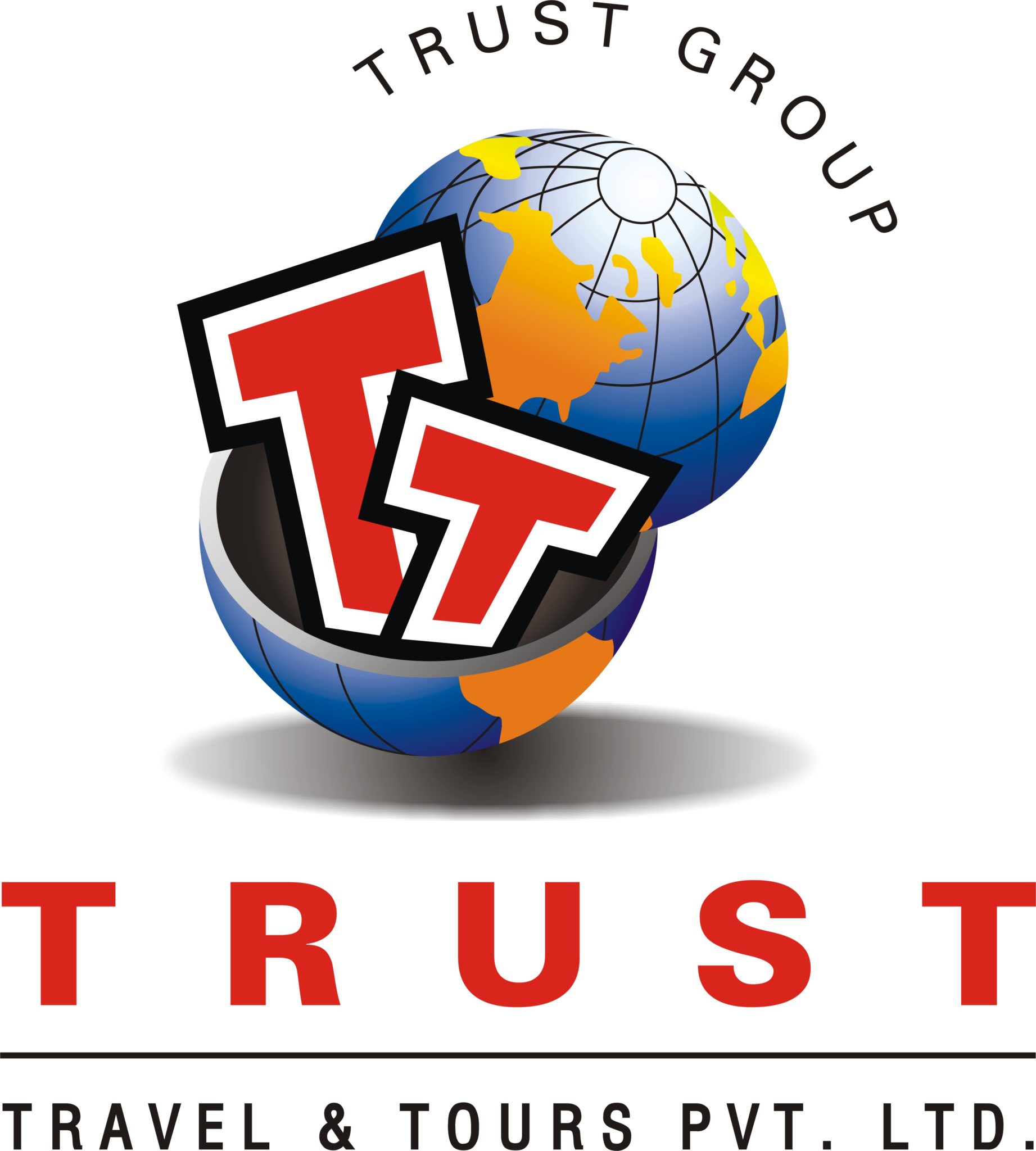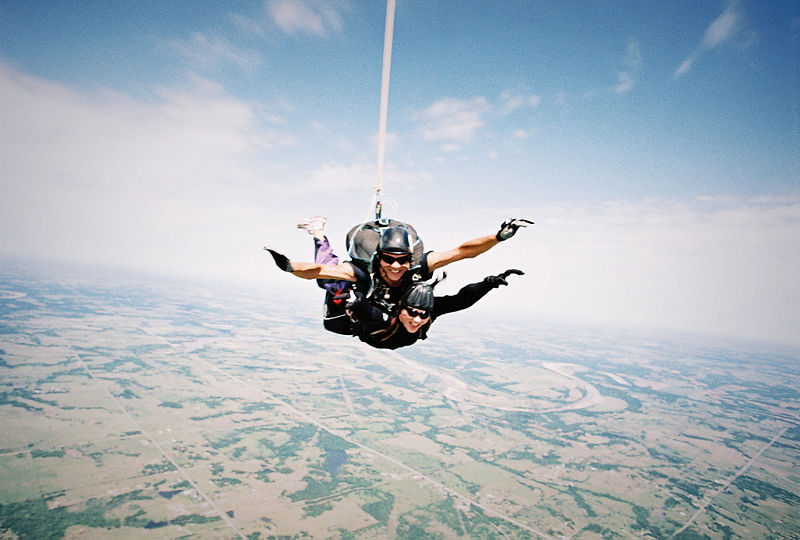The Tourism in India
Tourism in India
Tourism in India is economically important and is growing rapidly. The World Travel & Tourism Council calculated that tourism generated ₹14.02 lakh crore (US$220 billion) or 9.6% of the nation’s GDP in 2016 and supported 40.343 million jobs, 9.3% of its total employment. The sector is predicted to grow at an annual rate of 6.8% to ₹28.49 lakh crore (US$440 billion) by 2027 (10% of GDP). In October 2015, India’s medical tourism sector was estimated to be worth US$3 billion. It is projected to grow to $7–8 billion by 2020. In 2014, 184,298 foreign patients traveled to India to seek medical treatment.
About 88.90 lakh (8.89 million) foreign tourists arrived in India in 2016 compared to 80.27 lakh (8.027 million) in 2015, recording a growth of 10.7%. Domestic tourist visits to all states and Union Territories numbered 1,036.35 million in 2012, an increase of 16.5% from 2011. In 2014, Tamil Nadu, Maharashtra, and Uttar Pradesh were the most popular states for tourists. Delhi, Mumbai, Chennai, Agra and Jaipur have been the five most visited cities of India by foreign tourists during the year 2015. Worldwide, Delhi is ranked at 28 by the number of foreign tourist arrivals, while Mumbai is ranked at 30, Chennai at 43, Agra at 45, Jaipur at 52 and Kolkata at 90.
The Travel & Tourism Competitiveness Report 2017 ranks India 40th out of 136 countries overall. The report ranks the price competitiveness of India’s tourism sector 10th out of 136 countries. It mentions that India has quite good air transport (ranked 32nd), particularly given the country’s stage of development, and reasonable ground transport infrastructure (ranked 29th). The country also scores high on natural and cultural resources (ranked 9th). Some other aspects of its tourism infrastructure remain somewhat underdeveloped, however. The nation has very few hotel rooms per capita by international comparison and low ATM penetration. The World Tourism Organization reported that India’s receipts from tourism during 2012 ranked 16th in the world and 7th among Asian and Pacific countries.
The Ministry of Tourism designs national policies for the development and promotion of tourism. In the process, the Ministry consults and collaborates with other stakeholders in the sector including various Central Ministries/agencies, state governments, Union Territories and the representatives of the private sector. Concerted efforts are being made to promote new forms of tourism such as rural, cruise, medical and eco-tourism. The Ministry also maintains the Incredible India campaign.
Despite the rich cultural and natural heritage which India possesses, the security issues and crime — especially against female visitors, from a persisting trouble that has plagued the Indian tourism industry.
Visa policy of India
India requires citizens of most countries to have a valid passport and apply for a visa at their local Indian embassy or consulate before they travel. They can apply directly by mail or in person, or through their local travel services company. India has recently implemented an online method for citizens of 40 countries to apply and receives an e-Tourist Visa. Nationals of Bhutan, Maldives, and Nepal do not require a visa. Citizens of Afghanistan, Argentina, Bangladesh, DPR Korea, Jamaica, Maldives, Mauritius, Mongolia, Nepal, South Africa and Uruguay are not required to pay a fee when obtaining an Indian visa.
A Protected Area Permit (PAP) is required to enter the states of Nagaland and Sikkim and some parts of the states of Arunachal Pradesh, Himachal Pradesh, Jammu and Kashmir, Manipur, Mizoram, Rajasthan, and Uttaranchal. A Restricted Area Permit (RAP) is required to enter the Andaman and Nicobar Islands and parts of Sikkim. Special permits are needed to enter Lakshadweep Islands.
E-Tourist Visa
In order to boost tourism numbers, the Indian Government decided to implement a new visa policy, allowing visitors to obtain a visa on arrival at 16 designated international airports by obtaining an Electronic Travel authorizations online before arrival without the need to visit an Indian consulate or visa center. As a result of this, 56,477 tourists arrived on e-Tourist Visa during the month of October 2015, as compared to 2,705 during the month of October 2014 marking to a growth of 1987.9%. During January–October 2015 a total of 2,58,182 tourist arrived on e-Tourist Visa as compared to 21,995 during January–October 2014 registering a growth of 1073.8%.
Sources –tourism India


 TAFI Certified
TAFI Certified
